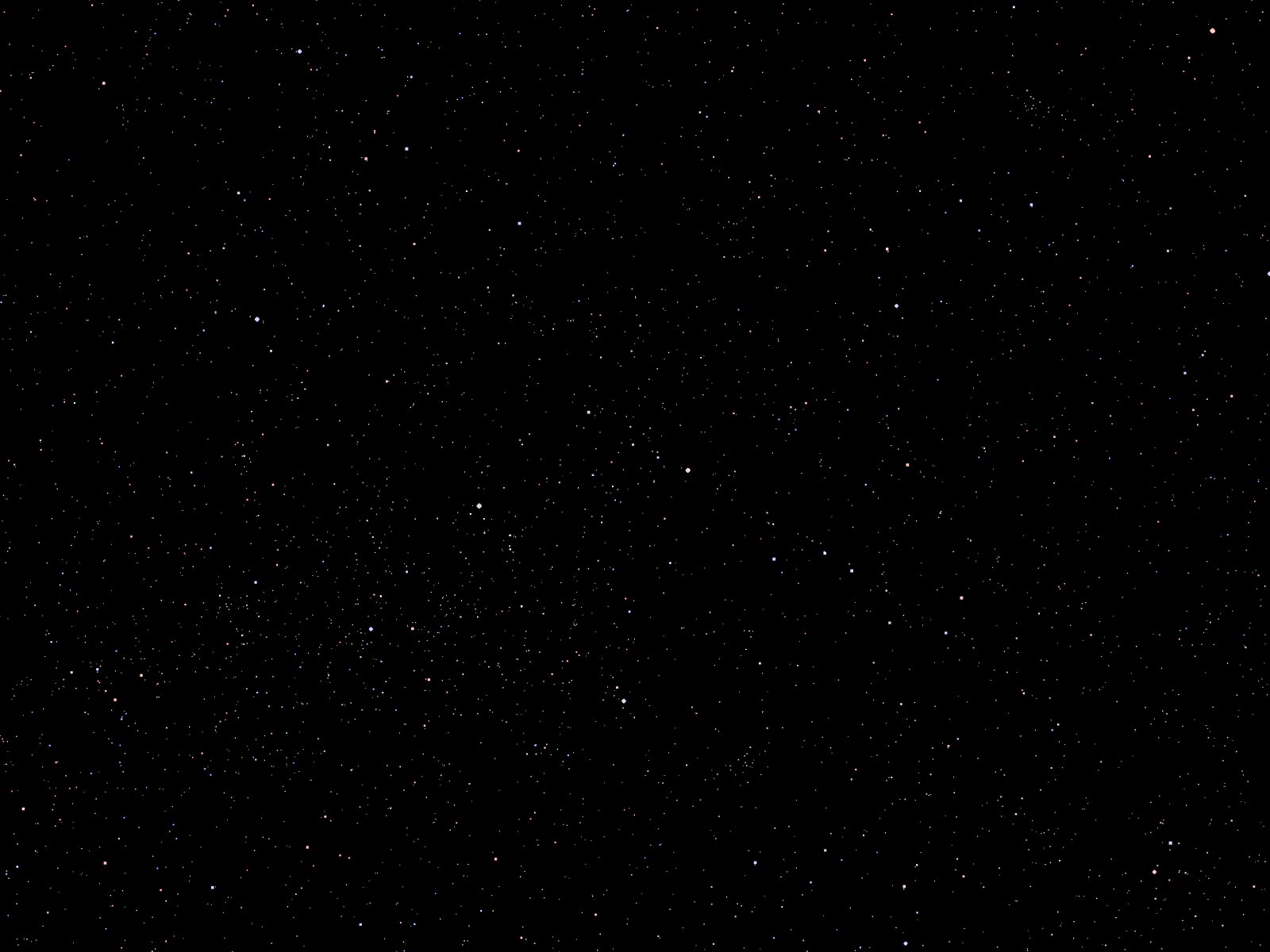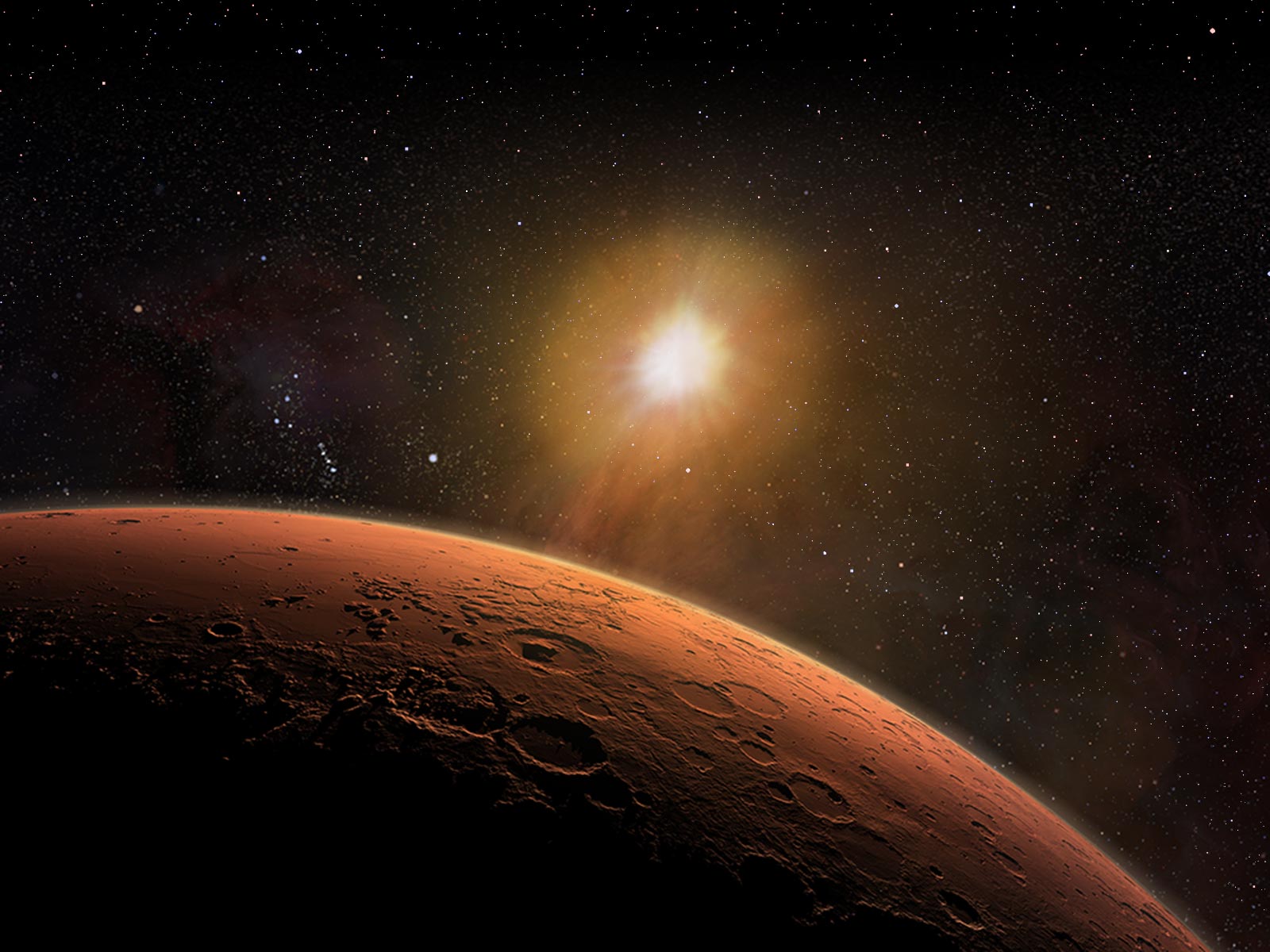


 The University of Mars — Encyclopedia
The University of Mars — Encyclopedia
(0:00 – 1:03)
Our Solar System is the region of space which falls within the gravitational influence of our Sun. The Solar System is thought to begin forming about five-billion years ago from a giant spinning cloud of gas and dust. The core of this cloud grew under the influence of gravity and became denser and hotter. As material fell towards the growing core, the cloud increased in speed and flattened into a giant, spinning disk. Eventually, the increasing temperature generated enough energy to trigger nuclear fusion. This fusion marked the birth of our Sun.
(1:04 – 2:02)
The lighter gas was swept far out into the Solar system, leaving heavier rockier material and metallics with high melting points near the Sun. Molten metal and dust particles stuck together to form clusters, which in turn stuck together to form rocks. Mutual gravity cools these rocks to come together, eventually to form planets. In the hot inner regions of the Solar System, rocky planets with metal cores were formed. In the colder outer regions, things were different.
(2:03 – 3:05)
Further from the Sun, temperatures dropped; water vapor condensed and turned to ice. This ice combined with the vast amounts of gas blown away from the Sun meant there was a lot more material here than in the inner regions. These huge cores of ice and metal grew; the gas is swept away as the Sun's birth or attracted through gravity. When the accretion of most of the ice and gas was complete, we were left with the gas giants. The Solar System as we know it is around 4.6 billion years old. It's looking pretty good for its age.
Thanks to:
Twig & the National STEM Centre